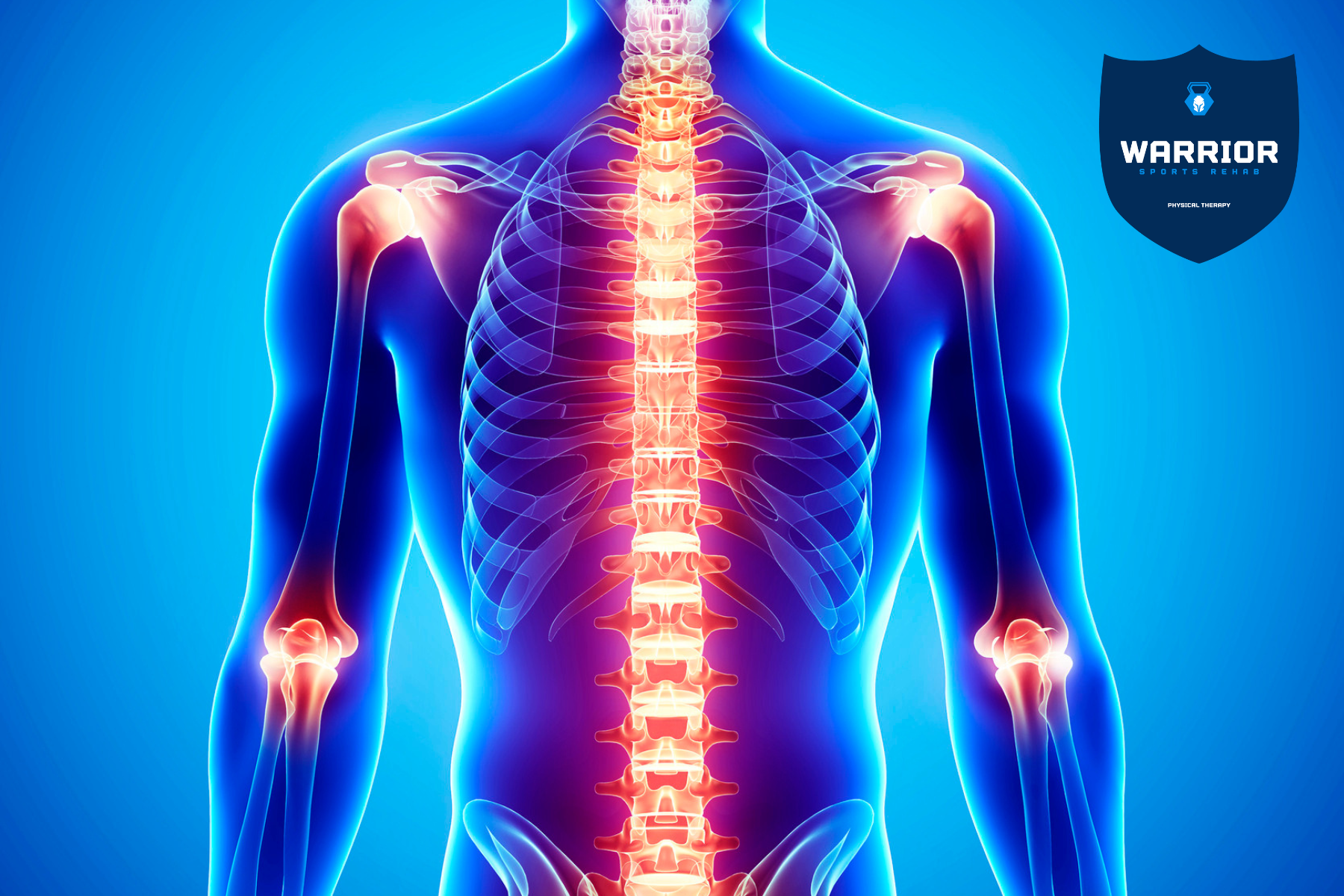Low back pain is a common ailment that affects millions of people worldwide, hindering mobility, diminishing quality of life, and impacting productivity. While the journey to recovery may seem daunting, physical therapy offers a beacon of hope for those seeking relief from low back pain. With its tailored interventions, targeted exercises, and holistic approach to healing, physical therapy serves as a cornerstone of rehabilitation for individuals grappling with this debilitating condition. In this article, we’ll explore how physical therapy can help you recover from low back pain and regain control of your life.
Comprehensive Assessment and Diagnosis:
- The first step in overcoming low back pain is understanding its underlying causes and contributing factors. Physical therapists conduct comprehensive assessments to identify musculoskeletal imbalances, movement dysfunctions, postural abnormalities, and other structural issues that may be exacerbating low back pain. By pinpointing the root cause of the pain, therapists can develop personalized treatment plans tailored to address specific needs and promote effective healing.
Targeted Pain Relief Techniques:
- Physical therapists employ a variety of manual therapy techniques to alleviate pain and restore mobility in the low back region. These may include soft tissue mobilization, joint mobilization, myofascial release, and spinal manipulation, which help reduce muscle tension, improve flexibility, and realign spinal structures. Additionally, modalities such as heat, cold, electrical stimulation, and ultrasound may be utilized to further alleviate pain and promote tissue healing.
Strengthening and Stabilization Exercises:
- Weakness and instability in the muscles surrounding the low back are common contributors to low back pain. Physical therapists prescribe targeted strengthening and stabilization exercises to improve core strength, enhance spinal alignment, and support the structures of the lumbar spine. These exercises may include core activation drills, pelvic tilts, bridges, bird dogs, and plank variations, which help build endurance and resilience in the muscles that support the spine.
Flexibility and Mobility Training:
- Restricted mobility and stiffness in the low back and surrounding muscles can exacerbate pain and limit functional movement. Physical therapists incorporate flexibility and mobility exercises to restore range of motion, alleviate stiffness, and improve overall movement patterns. Stretching techniques targeting the hamstrings, hip flexors, quadratus lumborum, and thoracic spine help release tension, improve posture, and alleviate strain on the low back.
Postural Education and Ergonomic Modifications:
- Poor posture and faulty movement mechanics are often contributing factors to low back pain. Physical therapists educate patients on proper body mechanics, ergonomics, and postural awareness to minimize strain on the low back during daily activities and work-related tasks. By making simple adjustments to sitting, standing, lifting, and sleeping positions, individuals can reduce stress on the spine and mitigate the risk of recurring low back pain episodes.
Functional Rehabilitation and Activity Modification:
- Physical therapists guide patients through functional rehabilitation exercises and activity modifications designed to restore optimal movement patterns and facilitate a safe return to activities of daily living. By progressively reintroducing activities and exercises tailored to each individual’s goals and functional abilities, therapists help individuals regain confidence in their ability to perform daily tasks and participate in recreational and occupational activities without fear of exacerbating low back pain.
Low back pain may be a formidable adversary, but with the guidance and expertise of a skilled physical therapist, recovery is within reach. Through personalized assessment, targeted interventions, and holistic rehabilitation strategies, physical therapy empowers individuals to overcome low back pain, restore function, and reclaim their quality of life. Whether you’re grappling with acute or chronic low back pain, don’t suffer in silence—seek the support of a physical therapist and embark on the path to lasting relief and renewed vitality.



